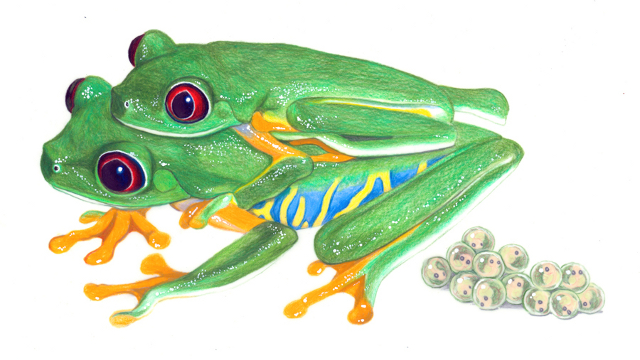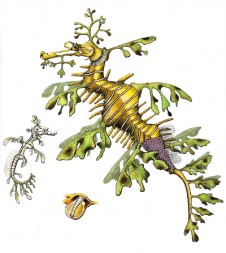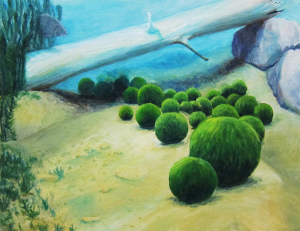Illustration and photography are both powerful tools of modern science and education. There's nothing like a photo to record, for example, the unique identifying pattern on a whale's flukes as they make a fleeting appearance above the water. But an illustration is uniquely suited to convey the similarities and differences of all cetacean species in a comparative poster.
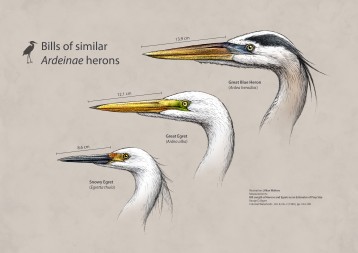
The "Program", as it is affectionately known, trains fifteen students every year in the skills of science illustration. Techniques range from the obvious, like graphite and watercolor, to things you've probably never heard of unless you're an artist, like coquille and scratchboard.
Students also become adept with digital tools (but how many people can use Photoshop well?). They learn to sketch in the field, to create trompe l'oeil compositions and to design infographics and interactive displays.
The CSUMB students complete their training with summer internships at magazines, museums, and parks. The Smithsonian is a popular destination.

Some graduates may go on to regular employment, but the job of science illustrator is more often a freelance one these days.
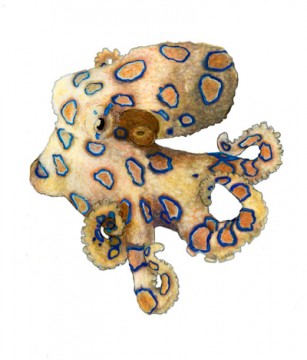
They have their work cut out for them. Once you start looking, you see science illustration everywhere: in aquariums and on hiking trails, in field guides and textbooks, in the doctor's office and even in legal briefs.
And some truly spectacular examples can be seen right now on the walls of the Pacific Grove Museum of Natural History.
"Illustrating Nature," the Program’s end-of-year exhibit, is open until June 18th, and it's just as fun and educational as the "Art of Nature" show in Santa Cruz.
I learned that the "lucky bamboo" my aunt gave me at my wedding is actually not related to real bamboo at all, and that the novelist Vladimir Nabokov made a seminal discovery about the evolution of butterflies. Who knew?
